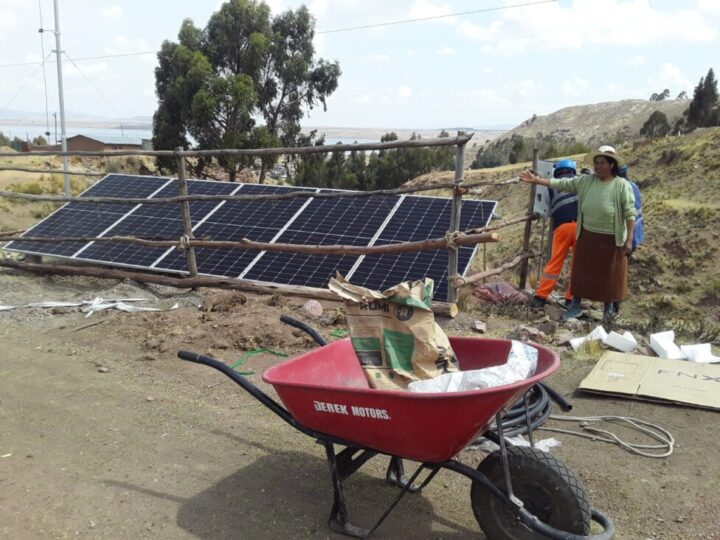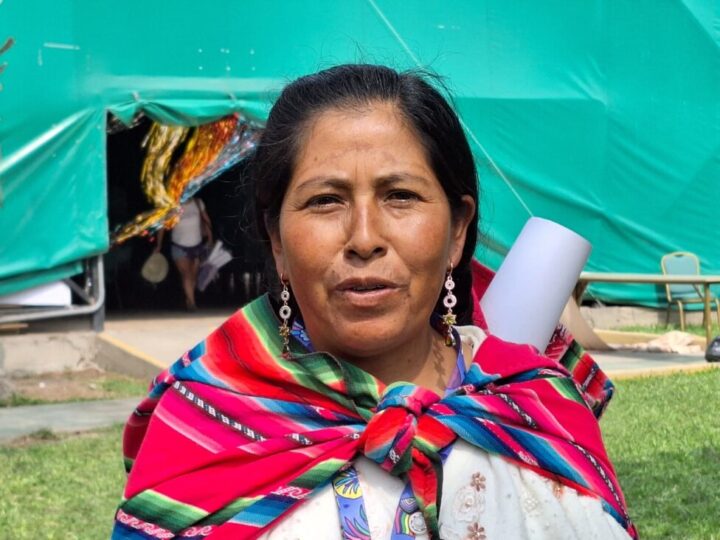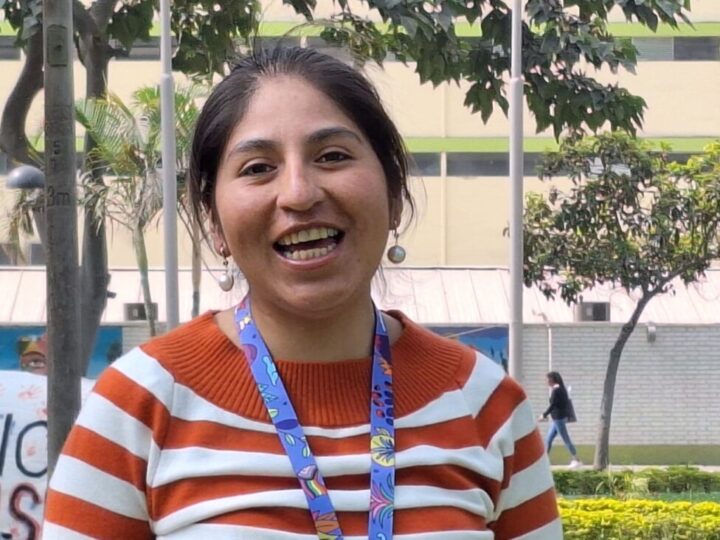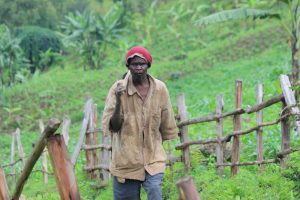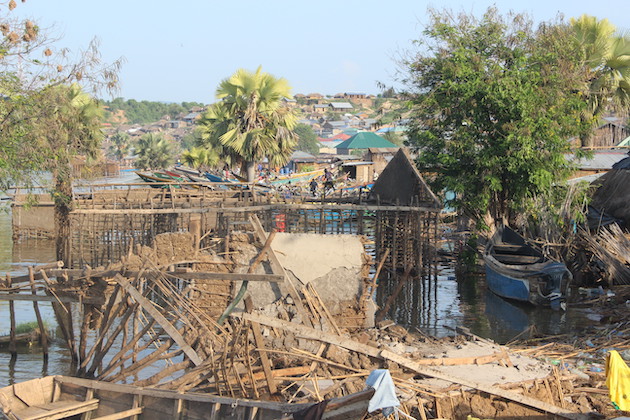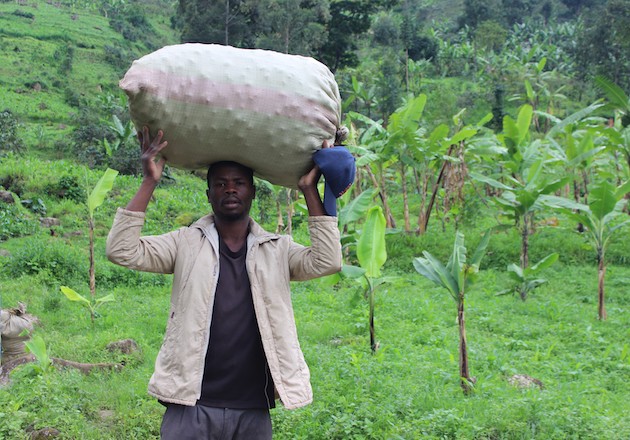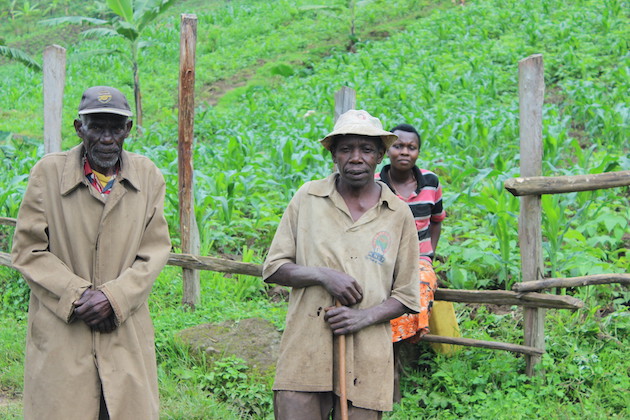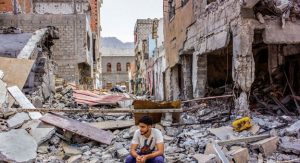Nyxoah to Release Third Quarter 2023 Financial Results on November 8, 2023
Mont–Saint–Guibert, Belgium "" October 26, 2023, 10:30pm CET / 4:30pm ET "" Nyxoah SA (Euronext Brussels/Nasdaq: NYXH) ("Nyxoah" or the "Company"), a medical technology company focused on the development and commercialization of innovative solutions to treat Obstructive Sleep Apnea (OSA), today announced that the Company will release financial results for the third quarter of 2023 on Wednesday, November 8, 2023, after market close. Company management will host a conference call to discuss financial results that day beginning at 10:30pm CET / 4:30pm ET.
A webcast of the call will be accessible via the Investor Relations page of the Nyxoah website or through this link: Nyxoah's Q3 2023 earnings call webcast. For those not planning to ask a question of management, the Company recommends listening via the webcast.
If you plan to ask a question, please use the following link: Nyxoah's Q3 2023 earnings call. After registering, an email will be sent, including dial–in details and a unique conference call access code required to join the live call. To ensure you are connected prior to the beginning of the call, the Company suggests registering a minimum of 10 minutes before the start of the call.
The archived webcast will be available for replay shortly after the close of the call.
About Nyxoah
Nyxoah is a medical technology company focused on the development and commercialization of innovative solutions to treat Obstructive Sleep Apnea (OSA). Nyxoah's lead solution is the Genio system, a patient–centered, leadless and battery–free hypoglossal neurostimulation therapy for OSA, the world's most common sleep disordered breathing condition that is associated with increased mortality risk and cardiovascular comorbidities. Nyxoah is driven by the vision that OSA patients should enjoy restful nights and feel enabled to live their life to its fullest.
Following the successful completion of the BLAST OSA study, the Genio system received its European CE Mark in 2019. Following the positive outcomes of the BETTER SLEEP study, Nyxoah received CE mark approval for the expansion of its therapeutic indications to Complete Concentric Collapse (CCC) patients, currently contraindicated in competitors' therapy. Additionally, the Company is currently conducting the DREAM IDE pivotal study for FDA and U.S. commercialization approval.
For more information, please visit http://www.nyxoah.com/.
Caution "" CE marked since 2019. Investigational device in the United States. Limited by U.S. federal law to investigational use in the United States.
Contacts:
Nyxoah
David DeMartino, Chief Strategy Officer
david.demartino@nyxoah.com
+1 310 310 1313
Attachment

GLOBENEWSWIRE (Distribution ID 1000886204)



